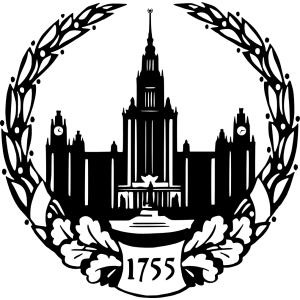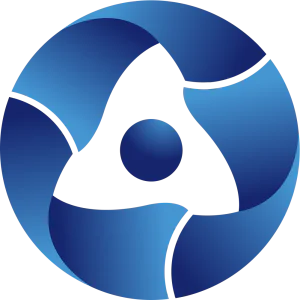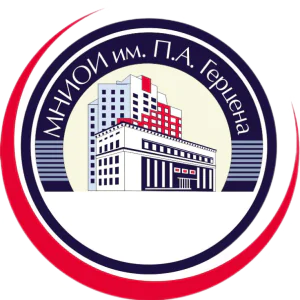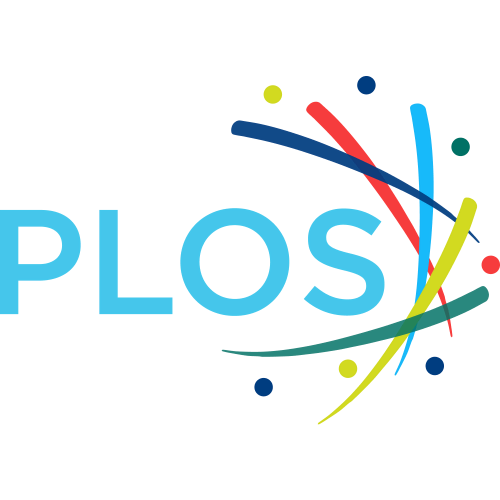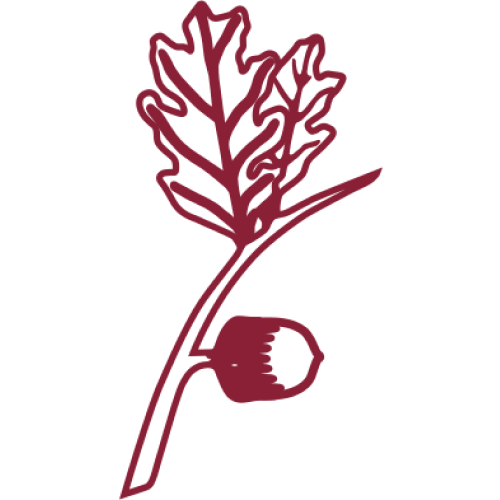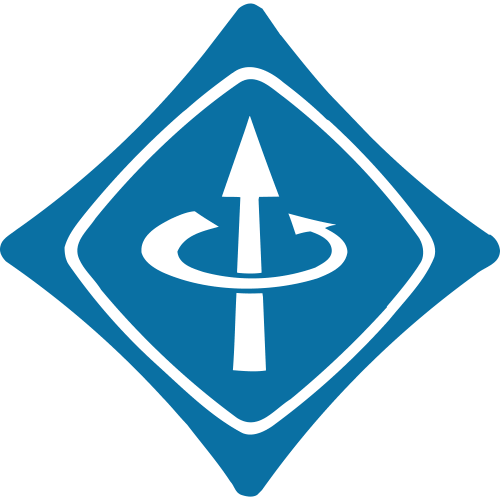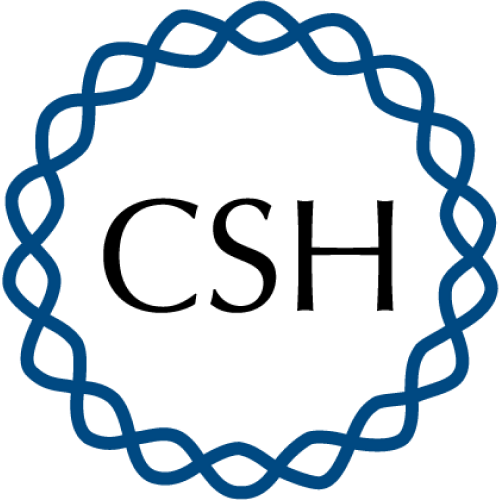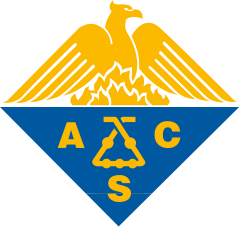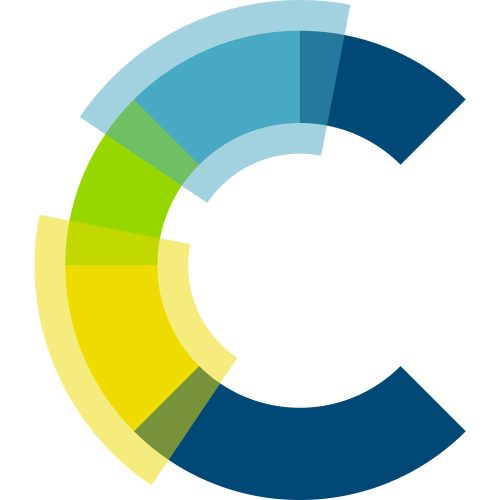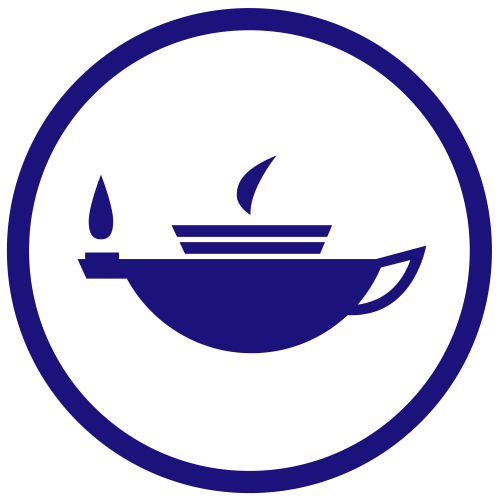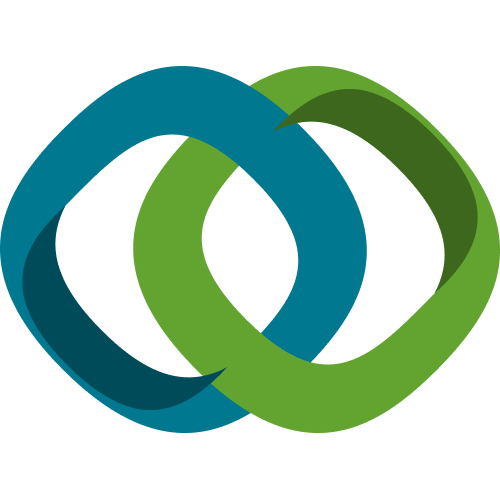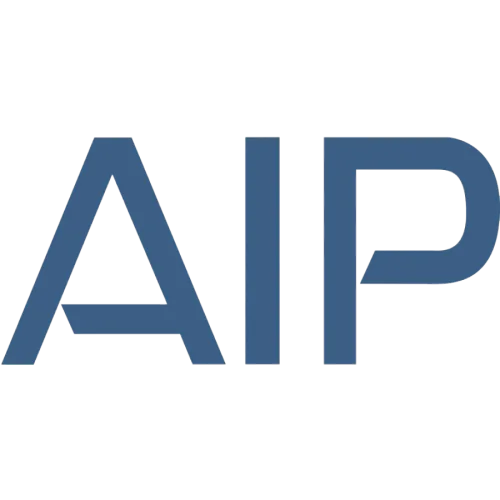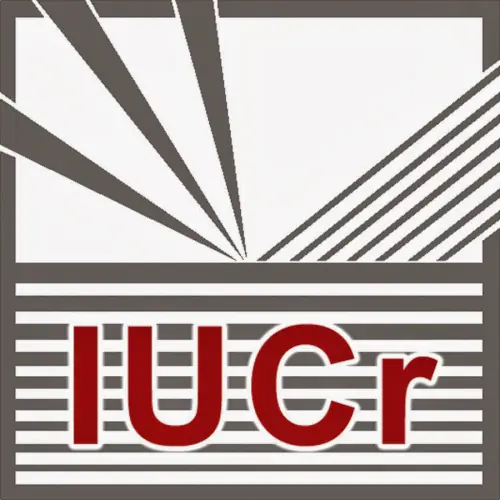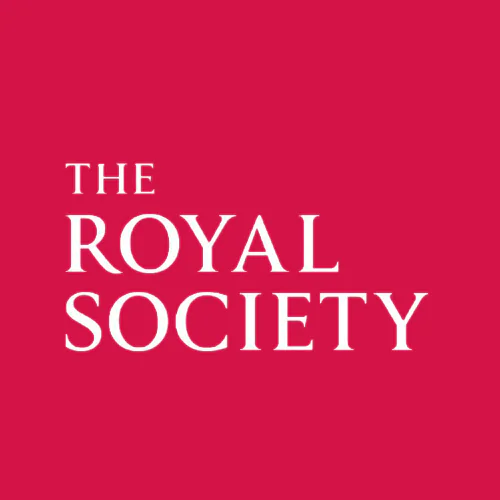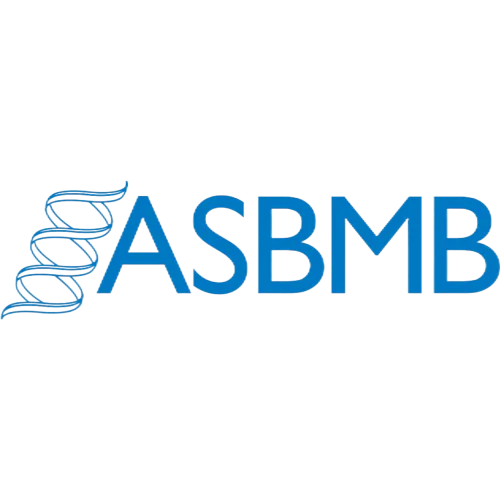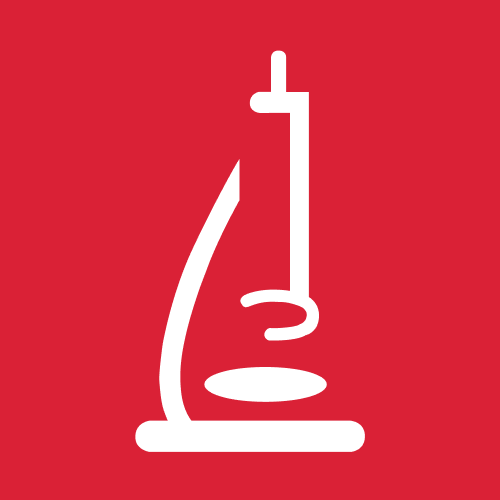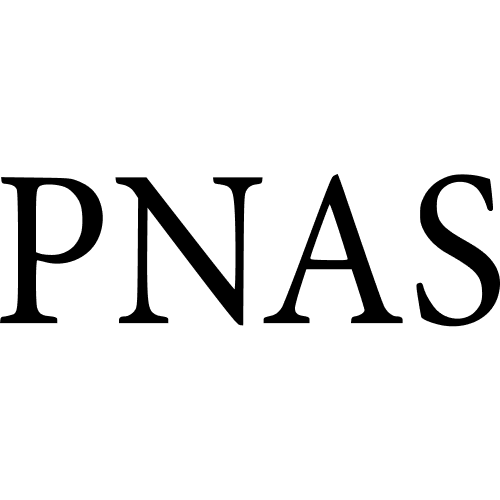Open Access


MaxSub: an automated measure for the assessment of protein structure prediction quality
Publication type: Journal Article
Publication date: 2000-09-01
scimago Q1
wos Q1
SJR: 2.451
CiteScore: 9.6
Impact factor: 5.4
ISSN: 13674803, 13674811, 14602059
PubMed ID:
11108700
Biochemistry
Computer Science Applications
Molecular Biology
Statistics and Probability
Computational Mathematics
Computational Theory and Mathematics
Abstract
Evaluating the accuracy of predicted models is critical for assessing structure prediction methods. Because this problem is not trivial, a large number of different assessment measures have been proposed by various authors, and it has already become an active subfield of research (Moult et al. (1997,1999) and CAFASP (Fischer et al. 1999) prediction experiments have demonstrated that it has been difficult to choose one single, 'best' method to be used in the evaluation. Consequently, the CASP3 evaluation was carried out using an extensive set of especially developed numerical measures, coupled with human-expert intervention. As part of our efforts towards a higher level of automation in the structure prediction field, here we investigate the suitability of a fully automated, simple, objective, quantitative and reproducible method that can be used in the automatic assessment of models in the upcoming CAFASP2 experiment. Such a method should (a) produce one single number that measures the quality of a predicted model and (b) perform similarly to human-expert evaluations.MaxSub is a new and independently developed method that further builds and extends some of the evaluation methods introduced at CASP3. MaxSub aims at identifying the largest subset of C(alpha) atoms of a model that superimpose 'well' over the experimental structure, and produces a single normalized score that represents the quality of the model. Because there exists no evaluation method for assessment measures of predicted models, it is not easy to evaluate how good our new measure is. Even though an exact comparison of MaxSub and the CASP3 assessment is not straightforward, here we use a test-bed extracted from the CASP3 fold-recognition models. A rough qualitative comparison of the performance of MaxSub vis-a-vis the human-expert assessment carried out at CASP3 shows that there is a good agreement for the more accurate models and for the better predicting groups. As expected, some differences were observed among the medium to poor models and groups. Overall, the top six predicting groups ranked using the fully automated MaxSub are also the top six groups ranked at CASP3. We conclude that MaxSub is a suitable method for the automatic evaluation of models.
Found
Nothing found, try to update filter.
Top-30
Journals
|
5
10
15
20
25
30
35
40
45
|
|
|
Proteins: Structure, Function and Genetics
42 publications, 13.86%
|
|
|
Bioinformatics
27 publications, 8.91%
|
|
|
BMC Bioinformatics
24 publications, 7.92%
|
|
|
Protein Science
14 publications, 4.62%
|
|
|
Lecture Notes in Computer Science
8 publications, 2.64%
|
|
|
PLoS ONE
6 publications, 1.98%
|
|
|
Journal of Bioinformatics and Computational Biology
5 publications, 1.65%
|
|
|
Journal of Molecular Biology
4 publications, 1.32%
|
|
|
Journal of Computational Biology
4 publications, 1.32%
|
|
|
Scientific Reports
4 publications, 1.32%
|
|
|
Computational Biology and Chemistry
4 publications, 1.32%
|
|
|
IEEE/ACM Transactions on Computational Biology and Bioinformatics
4 publications, 1.32%
|
|
|
Nucleic Acids Research
4 publications, 1.32%
|
|
|
International Journal of Molecular Sciences
3 publications, 0.99%
|
|
|
Nature Methods
3 publications, 0.99%
|
|
|
Journal of Computer-Aided Molecular Design
3 publications, 0.99%
|
|
|
Molecular Biology
3 publications, 0.99%
|
|
|
PLoS Computational Biology
3 publications, 0.99%
|
|
|
Structure
3 publications, 0.99%
|
|
|
Protein Engineering, Design and Selection
3 publications, 0.99%
|
|
|
bioRxiv
3 publications, 0.99%
|
|
|
Molecules
2 publications, 0.66%
|
|
|
Biomolecules
2 publications, 0.66%
|
|
|
BMC Structural Biology
2 publications, 0.66%
|
|
|
Theoretical Biology and Medical Modelling
2 publications, 0.66%
|
|
|
Journal of Biomolecular NMR
2 publications, 0.66%
|
|
|
Biophysical Journal
2 publications, 0.66%
|
|
|
Journal of Computational Chemistry
2 publications, 0.66%
|
|
|
Journal of Chemical Information and Modeling
2 publications, 0.66%
|
|
|
5
10
15
20
25
30
35
40
45
|
Publishers
|
10
20
30
40
50
60
70
|
|
|
Springer Nature
68 publications, 22.44%
|
|
|
Wiley
65 publications, 21.45%
|
|
|
Oxford University Press
35 publications, 11.55%
|
|
|
Elsevier
29 publications, 9.57%
|
|
|
Institute of Electrical and Electronics Engineers (IEEE)
17 publications, 5.61%
|
|
|
Cold Spring Harbor Laboratory
11 publications, 3.63%
|
|
|
MDPI
10 publications, 3.3%
|
|
|
Public Library of Science (PLoS)
9 publications, 2.97%
|
|
|
American Chemical Society (ACS)
6 publications, 1.98%
|
|
|
World Scientific
5 publications, 1.65%
|
|
|
Association for Computing Machinery (ACM)
5 publications, 1.65%
|
|
|
Mary Ann Liebert
4 publications, 1.32%
|
|
|
Pleiades Publishing
3 publications, 0.99%
|
|
|
Royal Society of Chemistry (RSC)
3 publications, 0.99%
|
|
|
IGI Global
2 publications, 0.66%
|
|
|
Taylor & Francis
2 publications, 0.66%
|
|
|
American Association for the Advancement of Science (AAAS)
2 publications, 0.66%
|
|
|
Hindawi Limited
2 publications, 0.66%
|
|
|
AIP Publishing
2 publications, 0.66%
|
|
|
Bioscientifica
1 publication, 0.33%
|
|
|
International Union of Crystallography (IUCr)
1 publication, 0.33%
|
|
|
Pharmaceutical Society of Japan
1 publication, 0.33%
|
|
|
The Royal Society
1 publication, 0.33%
|
|
|
Science in China Press
1 publication, 0.33%
|
|
|
American Society for Biochemistry and Molecular Biology
1 publication, 0.33%
|
|
|
Springer Berlin Heidelberg
1 publication, 0.33%
|
|
|
Chem-Bio Informatics Society
1 publication, 0.33%
|
|
|
American Society for Microbiology
1 publication, 0.33%
|
|
|
Proceedings of the National Academy of Sciences (PNAS)
1 publication, 0.33%
|
|
|
10
20
30
40
50
60
70
|
- We do not take into account publications without a DOI.
- Statistics recalculated weekly.
Are you a researcher?
Create a profile to get free access to personal recommendations for colleagues and new articles.
Metrics
303
Total citations:
303
Citations from 2024:
9
(2.97%)
Cite this
GOST |
RIS |
BibTex |
MLA
Cite this
GOST
Copy
Siew N. MaxSub: an automated measure for the assessment of protein structure prediction quality // Bioinformatics. 2000. Vol. 16. No. 9. pp. 776-785.
GOST all authors (up to 50)
Copy
Siew N. MaxSub: an automated measure for the assessment of protein structure prediction quality // Bioinformatics. 2000. Vol. 16. No. 9. pp. 776-785.
Cite this
RIS
Copy
TY - JOUR
DO - 10.1093/bioinformatics/16.9.776
UR - https://doi.org/10.1093/bioinformatics/16.9.776
TI - MaxSub: an automated measure for the assessment of protein structure prediction quality
T2 - Bioinformatics
AU - Siew, N
PY - 2000
DA - 2000/09/01
PB - Oxford University Press
SP - 776-785
IS - 9
VL - 16
PMID - 11108700
SN - 1367-4803
SN - 1367-4811
SN - 1460-2059
ER -
Cite this
BibTex (up to 50 authors)
Copy
@article{2000_Siew,
author = {N Siew},
title = {MaxSub: an automated measure for the assessment of protein structure prediction quality},
journal = {Bioinformatics},
year = {2000},
volume = {16},
publisher = {Oxford University Press},
month = {sep},
url = {https://doi.org/10.1093/bioinformatics/16.9.776},
number = {9},
pages = {776--785},
doi = {10.1093/bioinformatics/16.9.776}
}
Cite this
MLA
Copy
Siew, N.. “MaxSub: an automated measure for the assessment of protein structure prediction quality.” Bioinformatics, vol. 16, no. 9, Sep. 2000, pp. 776-785. https://doi.org/10.1093/bioinformatics/16.9.776.


